By R. Chandra Prakash, MGP
Report of Mysore- Nanjangud Master Plan: 2031
Mysore-Nanjangud Master Plan -2031 [MNMP] had a long gestation period and got the government approval only in 2016. However, being a land use plan, it did not deal with transportation or traffic in detail on its own.
As per MNMP Planning, the Central Business District (CBD) is prominently a residential area where 24 per cent of the land is being occupied by residential units. Public and semi-public activities category accounts for 25 per cent and traffic and transport accounts for 24 per cent of the land in the CBD. As against these, commercial activities accounted for only about 18 per cent of the land in CBD.
MNMP has categorised CBD as a Heritage Zone and also a Commercial District. Having done so, it could have made some serious recommendations on FAR and zoning regulations to decongest the city. Unfortunately, some of its final recommendations on such crucial issues could have exactly opposite effect!
While suggesting road widening and the location of multi-level parking facilities, MNMP was simply reproducing some of the suggestions of Comprehensive Traffic and Transportation Plan (CTTP). With free roadside parking, ever-increasing vehicles on the roads and limited benefit of road widening, MNMP should have gone beyond lip service. It should have addressed the root cause for such vehicular traffic within CBD and proposed measures to overcome them. But it did not do so. Its recommendation for demolition of hundred-plus year old heritage Devaraja Market and for building a new multi-storied structure reflected lack of sensitivity for CBD’s Heritage. There was hardly any suggestion or measures to de-congest vehicular traffic.
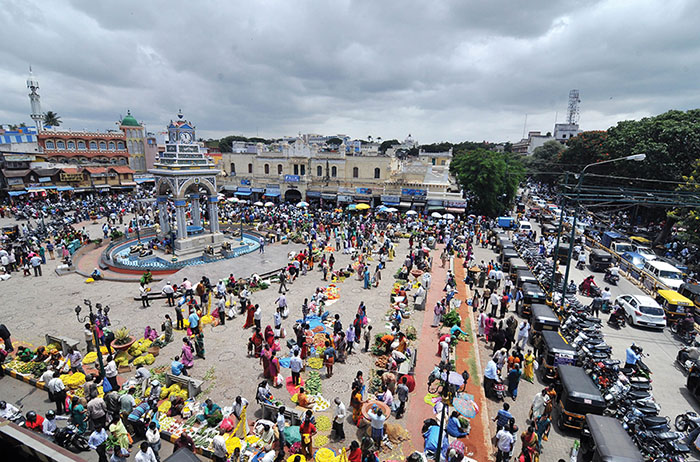
Report on Deployment of ITS
Introduction of Intelligent Transport System [ITS] for KSRTC city bus services was a Pilot Project which heralded, among other things, the introduction of Information Management Techniques for time schedules for Volvo city services.
Passengers were to get world-class bus services both in terms of comfort and in assurance of time schedules. The control consoles at the City Bus Station were to resemble Airport Traffic Control system.
M&E Consultants carried out modal and temporal studies for the performance of ITS between 2012 and 2015. They conducted surveys of passengers, analysed secondary data for different parameters and periods, mathematical models were worked out and based on them provided recommendations to improve and maintain the ITS-based city bus services.
Despite the report recommending several measures, the ITS system is still in the process of getting stabilised and moreover, there was no public outreach programme for ITS. By 2017, ITS-based bus services were in shatters. Replacement of old and dilapidated buses was hugely delayed and the KSRTC did not introduce additional new buses due to various reasons. Volvo buses were in bad shape and core personnel involved in the implementation and management of ITS left the job. Consequently, passengers were back to confronting million faults with the bus services.
At an MGP’s monthly meeting, KSRTC officials have confessed that city bus service in Mysuru is incurring Rs.5 crore loss every month and most of its passengers are elderly citizens. The youth of the city prefer two-wheelers to city buses. There is no surprise then as 81 per cent of vehicles registered in the city are two-wheelers. Have not the authorities ignored the transformation that took place in the ownership of private vehicles during 2007-2017?
If only the KSRTC had taken necessary steps to implement the recommendations of report on ITS and provided the city with the best bus service coming out of this pilot project, the city could have saved itself from vehicular congestion in the CBD in particular and the city in general.
In conclusion, we can say that between 2007 and 2017 when private vehicle registration was going haywire, no attempts were made by KSRTC to counter that trend. Thus, an opportunity to prevent vehicular congestion in the city and avoid losses to KSRTC was lost. Unfortunately, ITS Report was allowed to degenerate and the city is deprived of whatever good public transport this Pilot Project had provided to the passengers.
Non-implementation of CTTP Report has deprived the city of great opportunity to decongest. Also, Master Plan 2031 missed an important opportunity to decongest the CBD. Restrictions on multi-storeyed business complexes within the CBD area would have gone a long way in retaining heritage and encouraging tourism.
Construction of new City Bus Station and the Sub-Urban Bus Station in the existing locations within CBD was not only waste of scarce funds but has worsened the traffic congestion within CBD. Mysuru has been a city of missed opportunities. Today it remains a city with a decaying city centre, which also happens to be a Heritage Zone and Central Business District.



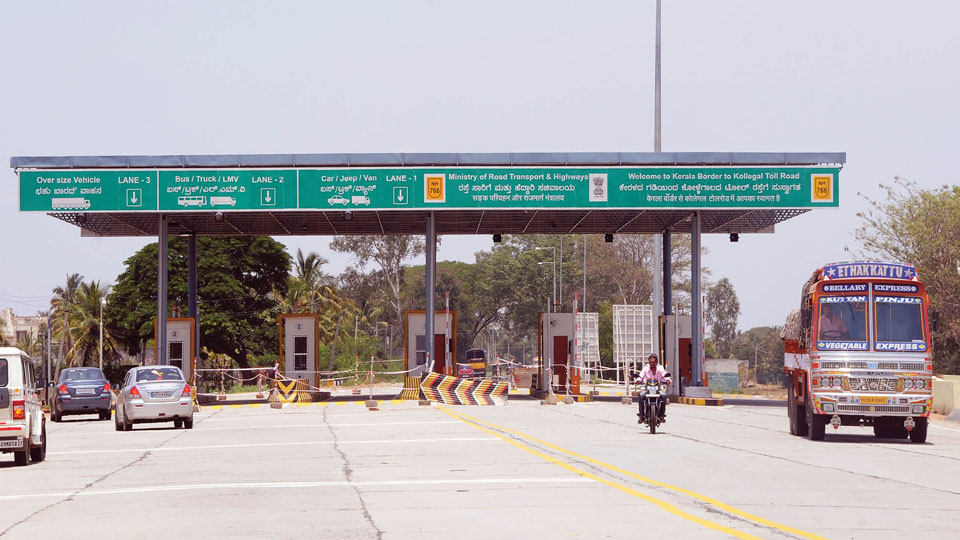
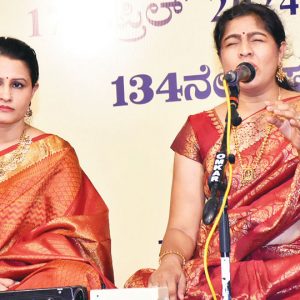
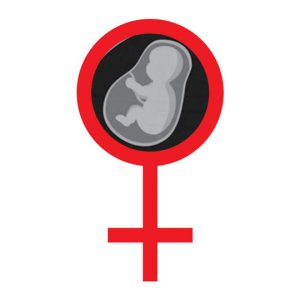
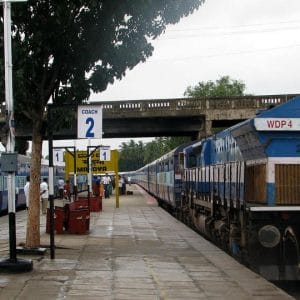

“At an MGP’s monthly meeting, KSRTC officials have confessed that city bus service in Mysuru is incurring Rs.5 crore loss every month and most of its passengers are elderly citizens. The youth of the city prefer two-wheelers to city buses. There is no surprise then as 81 per cent of vehicles registered in the city are two-wheelers. Have not the authorities ignored the transformation that took place in the ownership of private vehicles during 2007-2017?
If only the KSRTC had taken necessary steps to implement the recommendations of report on ITS and provided the city with the best bus service coming out of this pilot project, the city could have saved itself from vehicular congestion in the CBD in particular and the city in general.”
In the above, I am assuming that “two- wheelers” refer to petrol-driven vehicles like scooters, mopeds etc.. Their predominance over buses should sound as no surprise at all. Indeed,during 1950s and until mid-1960s, when Mysore was a very compact City, meaning , the City did not expand uncontrolled, and hence one could walk from one point in its perimeter to a point opposite, and if necessary use the human muscle -powered two-wheeler, the ubiquitous bicycle! The late 1960s, the CIty started expanding in all directions , with the bicycle looked down upon as “not a status symbol”; the craving for petrol-powered two-wheelers became irresistible, and people started applying for loans to buy a Java, a Vespa etc.. Some of us,the cyclists, were looked down upon as ” old timers”, in not possessing the then status symbol, a Vespa. Even then buses were considered as a transport fit for the poor, the plebs and the elderly. Hence, nothing new, in the above observation that the youth prefer the petrol-powered two-wheelers today.
Even then, walking to attend a marriage reception of a close friend’s son or daughter resulted in the pedestrian friends guided to a distant spot by the receptionist, and were thrust a bag of coconut etc.. each, meaning that it was time for their departure, thus, clearing the way for those “important” visitors who arrive by cars or at least in Vespas!!
This City like Bangalore is now choking with myriad petrol-driven vehicles of all shapes, sizes and models-both Indian and foreign,aside the heavy duty vehicles, as the former reflect the status symbol and the poor pedestrian is mostly banished from the streets with footpaths in many places having disappeared totally.
Reports recently highlight the increasing bicycle culture,events advertised etc.., but then the cyclists should be aware that they may not return home any day when their luck runs out, failing to dodge the numerous marauding automobiles coming straight at them to scare them of the street, as if a cyclist has no right to ride amidst them!
There is no way back for this Royal City, once reputed to be quiet, clean and compact City. The days of walk to the markets or evening strolls at best remain as a period in nostalgia.
In the long-winded 2 articles, the member of this Mysore Grahachara Parishad, rants and rants throwing in, MNMP, CBD ( which sounds like a human disease !) and CTTP, and has confused the readers. I called this outfit as ” Grahachara” after reading the above, as one could only surmise that what has resulted now is some kind of “Grahachara” visiting this once beautiful city. We could have simply summarised this ” Grahachara”, as the result of perennial inaction of authorities concerned -no surprise there if you know India To us who lived in this City some 5 decades ago, when the population of Mysuru and indeed, India was less than half of what it is today, when people walked to work and shop and privately-owned automobiles-4-wheelers and 2-wheelers were not choking the City with their exhaust fumes, as they were limited in number. Humans and automobiles have multiplied beyond the tolerable threshold since then, and we are not convinced that there can be any approach to addresses the issues raised, until the number of humans and vehicles are on a downward trend, which is impossible to countenance. Hence, in the good old ancient tradition , acceptance of the “Grahachara” visited is the only wise solution.